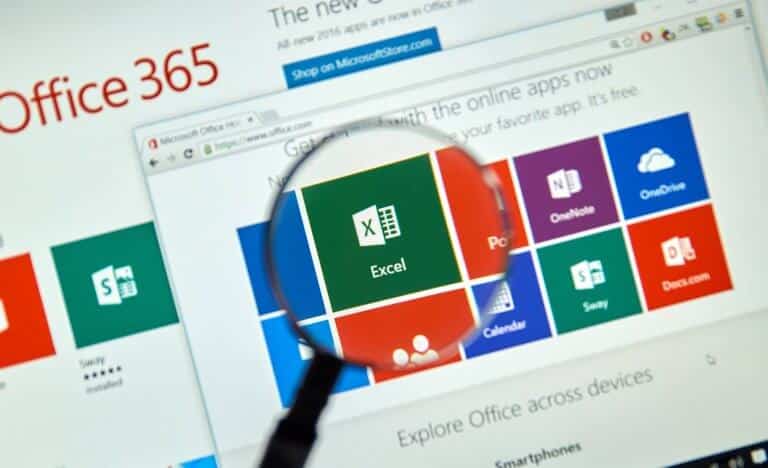Checklists are tools used to better organize your assignments and to verify, easily, your most important tasks. They have been designed to reduce errors and ensure consistency and completeness in carrying out a duty.
When you have those busy weeks with so many things to do and so little time, you would love to have a tool that could help you to organize the overwhelming task and manage your work. That tool is the humble checklist which is used to carry out routine checks and ensure that the operator or person in charge of these checks does not miss anything.
What is a checklist?
They are formats created to carry out repetitive activities, control compliance with a list of requirements or to collect data in an orderly and systematic manner. They are used to make standardized checks of activities or products, making sure that the worker or inspector does not forget any important point.
What are the checklists for?
You can use the checklists for the following tasks:
- Carrying out activities in which it is important that no step is forgotten and / or tasks must be done in an established order.
- Carrying out inspections where it must be recorded what the inspected points were.
- Verify or examine articles.
- Examine or analyze the location of defects. Check the causes of the defects.
- Verification and analysis of operations.
- Collect data for future analysis.
Why using checklists?
When you do something that involve multiple steps, it’s easy to forget one or two of them. Using checklists ensures that you won’t forget anything. So, if you do something repetitively and want to do it right every time, a checklist is an indispensable tool.
Checklists save you time because you don’t need to use time remembering the steps, therefore you can dedicate all your time on doing the task. Checklists also allow you to delegate tasks confidently and effectively. Using a checklist is an excellent way to make our lives simpler and our businesses more productive.
How to use the checklists?
Before you create checklists, you should know what you need to make a good checklist. Here we will revise some points.
- Checklists must be clearly established and include all aspects that may provide data of interest to the organization.
- An effective checklist must establish clearly what has to be checked, what is the criterion of compliance or non-conformity and the frequency of control or check.
- It should have a section of observations to provide additional information.
- They can be used to obtain data or to control the evolution of a characteristic or activity.
- Checklists are also used to report, on a daily basis, the status of operations and to evaluate the trend an /or dispersion of production, without the need for more complex statistics or graphs.
How to make an effective checklist
- Each item must be clear and succinct. In this way, it will be easy for the people who will work with it.
- Organize the items by category. This allows you to navigate easily between the different sections and quickly find the ítems you are working on.
- They must be easy to understand and use. Create simple steps that reminds the user, in a straightforward way, which steps to follow.
- Keep refining the checklist. Continuous improvements will make your checklist more effective.
Checklists help you maintain consistency and good practices in a very easy and convenient way. They also help you to save resources and energy. Your team just have to follow what have already been developed.
Why are checklist an essential tool for business?
They improve collaboration and delegation and as a consequence of that, can boost your company’s productivity. Using checklists, more people will be able to execute more specialized tasks because they can learn how it’s done..
Checklists focus attention on the job at hand and ensure nothing is missed. There are many benefits from using checklists. Some of them are:
Organization. Checklists provide a logical structure.
Motivation. Being able to observe progression motivates you to keep working.
Productivity. You get more work done.
Creativity. Checklists helps your mind think out of the box for ideas you may not have thought of otherwise.
Delegation. As you work through checklists it may become clear that certain tasks are more suitable for specific team members.
Excellence. When nothing is forgotten, the quality of work exceed.
In some cases checklists can make a difference between life and death. When it comes to first aid, following a checklist ensures nothing is forgotten and could certainly save lives.






